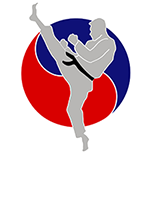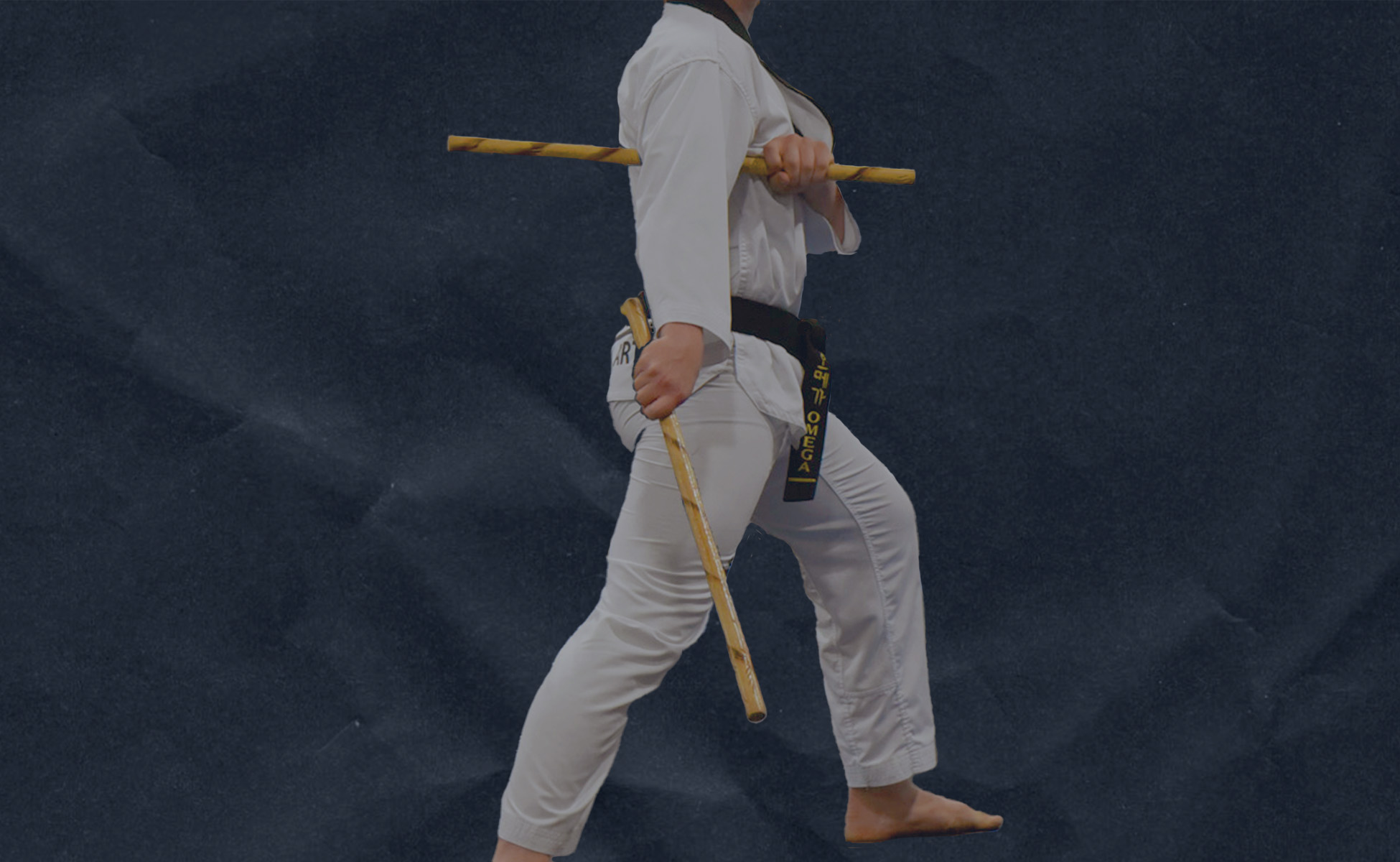ESCRIMA – History
The Escrima Stick is usually made from rattan, hardwood, or more modern versions, even being made of fiberglass. The stick in escrima has no exact defined length for use, although the recommended rule of thumb for the length is that they should be as long as the practitioner’s arm and around an inch in thickness.
Known by a few names, “Eskrima” is actually the term for the Filipino style of Martial Arts, not the weapon itself. Called “Kali” by the native practitioner, it is a weapons based fighting style that teaches stick, knife, sword, and spear combat. The history of the art can be traced back nearly 3000 years, so the art of eskrima was already firmly established and practiced by the peasant classes in the Philippines, Malaysia, and Indonesia by the 1500’s when Spanish explorers came to the area. The Spaninards were impressed and gave the style the names “Eskrima” from the Spanish word for “fencing” (esgrima), and “Arnis” from the word for “armor” (arnes).
It is believed that the use of the sticks made its way from the Philippines to Okinawa through trading and knowledge exchange before the former had even become a country. The Okinwans integrated it into their kobudo systems. In Japanese the sticks are called Tanbo.


